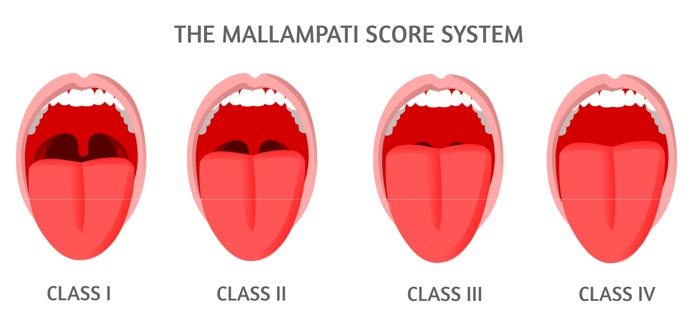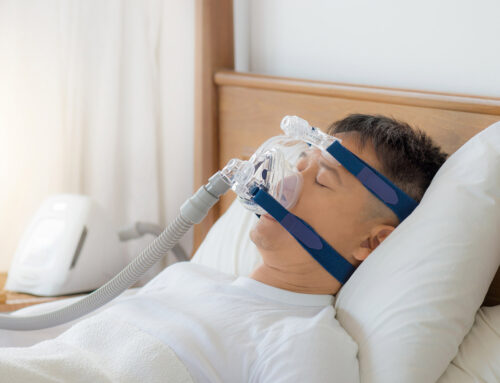The Mallampati Score system is something I use in my myofunctional therapy practice on a daily basis when I’m evaluating patients. It’s an easy way for me to assess a critical part of the upper airway.
Basically, the Mallampati Score gives me a visual assessment of the distance from the base of the tongue to the roof of the mouth. Put more simply, it helps to tell me how much space a patient has in their airway, and how much their airway could be affecting their health.
Who Created The Mallampati Score?
The Mallampati score is also known as the Mallampati classification. It was named after an anesthesiologist named Seshagiri Mallampati. It was originally designed to allow doctors, anesthesiologists, and other health professionals to judge how easily a patient could be intubated but it’s become commonly used by health professionals who work with the airway.
How Does The Mallampati Score Work?
To perform this test, I ask the patient to open his or her mouth and to protrude the tongue so I can see down the airway. The test is scored from Class One to Class Four (these are usually written out as Class I, Class II etc.)

As you can see above, Class I is the least restricted, while Class IV is the most restricted.
The way I explain it to the students in my MyoMentor programs is:
Class I: Soft palate, fauces, uvula, and the anterior and posterior pillars are visible
Class II: Soft palate, fauces, and most of the uvula are visible
Class III: Soft palate and only the base of uvula are visible
Class IV: Soft palate isn’t visible at all
Why Does This Score Matter?
As a myofunctional therapist, my focus is on the airway. When I see a patient with a Mallampati Score of III or IV, I know they have a compromised airway. This therefore means that they’re at a higher risk for developing dental problems, TMJ issues, and especially sleep disordered breathing including obstructive sleep apnea and UARS (Upper Airway Resistance Syndrome).
The research bears this out. A quote from this study says:
“Our results indicate that Mallampati scoring is a useful part of the physical examination of patients prior to polysomnography. The independent association between Mallampati score and presence and severity of obstructive sleep apnea suggests that this scoring system will have practical value in clinical settings and prospective studies of sleep disordered breathing.”
And this study states:
“In conclusion, this study shows that simple and rapid elements such as the determination of Mallampati score and the estimation of nasal permeability are useful for the clinical examination of the patients suspected of obstructive sleep apnea syndrome.”
Conversely, the association of a high Mallampati score and nasal obstruction must attract the attention of the anesthetist and the sleep physician.”
This test is only a small part of my evaluation protocol but it’s one that I rely on with every patient.
It’s also a great way to measure improvement in my patients. Changes in muscle tone and strength of the soft palate and throat will result in an improved Mallampati Score. I like to see my patients’ scores improve to a Class I as therapy progresses. Many people including dentists and doctors don’t know that it’s possible to improve a Mallampati Score.
The video below is a good explanation of the Mallampati Score system.




